Beaded Tobacco Pouch - Octopus Bag Item Number: E21581-0 from the National Museum of Natural History
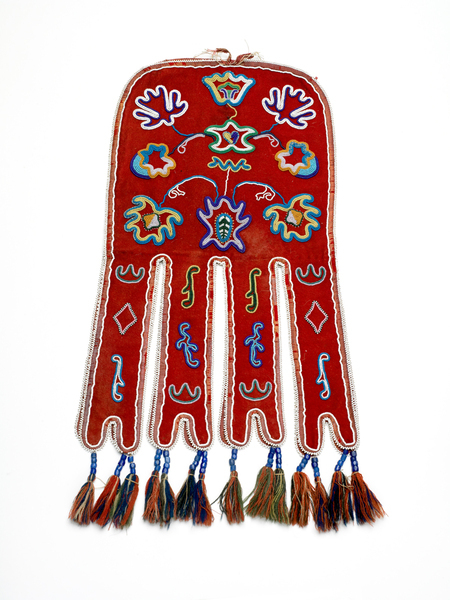
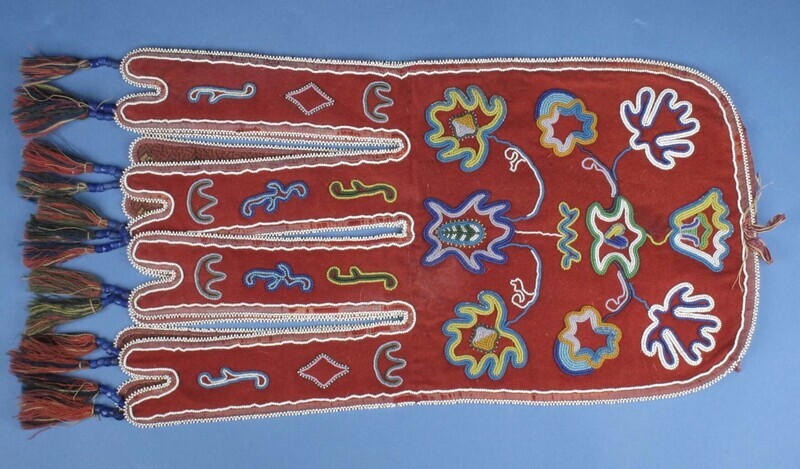

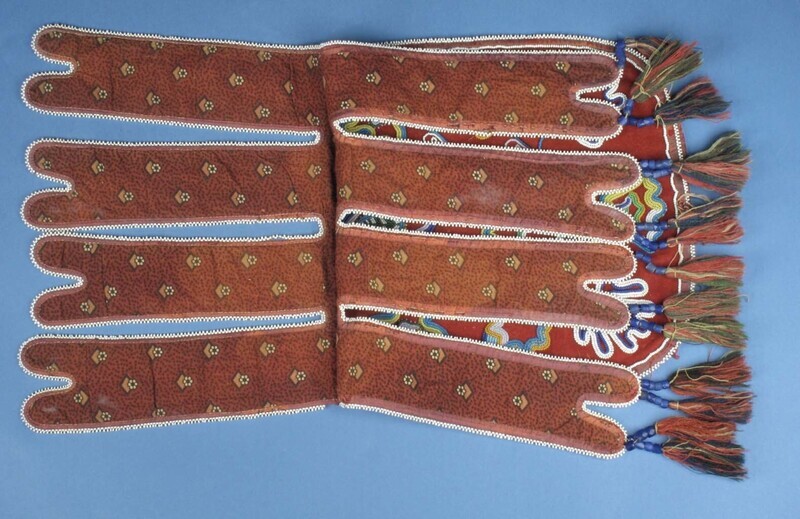
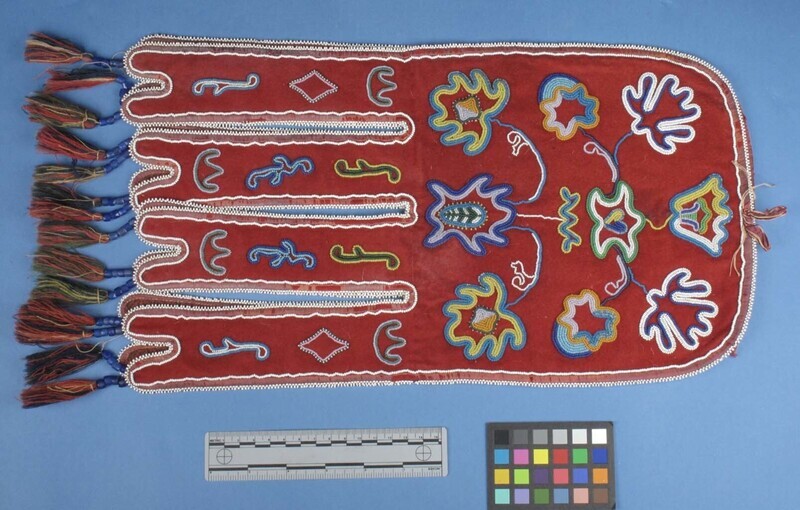
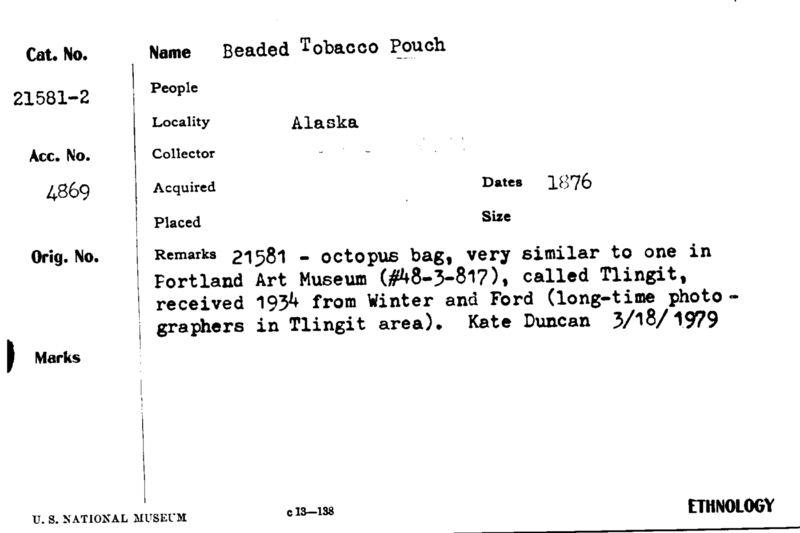
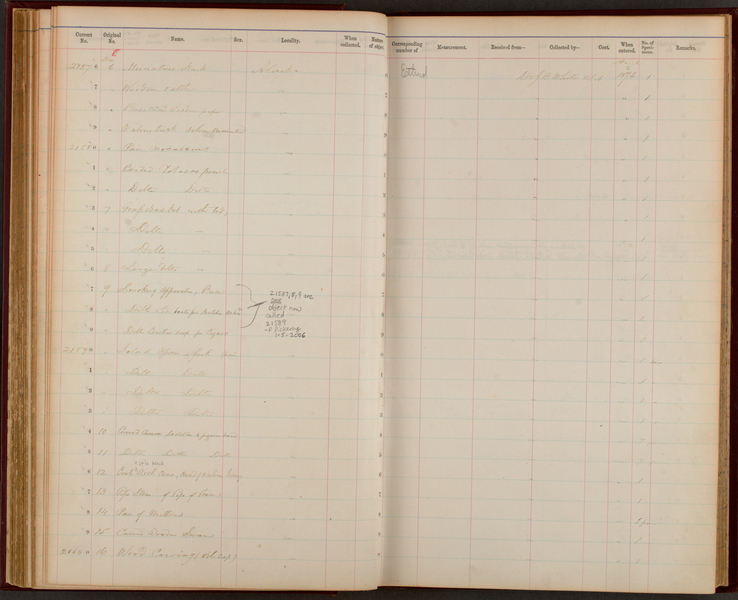
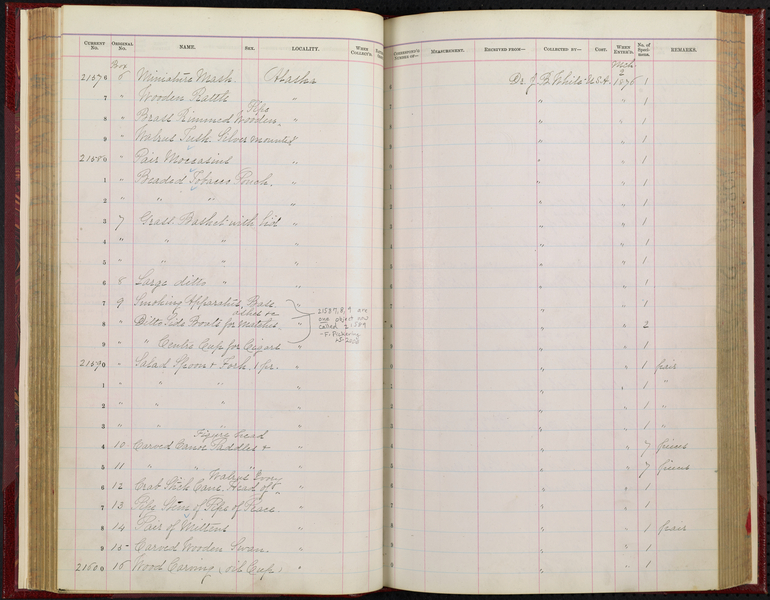
Notes
FROM CARD: "OCTOPUS BAG, VERY SIMILAR TO ONE IN PORTLAND ART MUSEUM (#48-3-817), CALLED TLINGIT, RECEIVED 1934 FROM WINTER AND FORD (LONG-TIME PHOTOGRAPHERS IN TLINGIT AREA). -- KATE DUNCAN 3/18/1979."Source of the information below: Smithsonian Arctic Studies Center Alaska Native Collections: Sharing Knowledge website, by Aron Crowell, entry on this artifact http://alaska.si.edu/record.asp?id=51, retrieved 3-31-2012: Octopus Bag, Tlingit, Southeast Alaska.See Smithsonian Arctic Studies Center Alaska Native Collections: Sharing Knowledge website, by Aron Crowell, entry on a different Tlingit octopus bag which in the collections of the National Museum of the American Indian http://alaska.si.edu/record.asp?id=478, retrieved 2-13-2022. It has this information on octopus bags: Beaded octopus or "devilfish" bags, named for their eight dangling arms, are traditional and contemporary dance regalia, worn by both men and women. ... Octopus bags may have been adopted from Athabascan neighbors but were probably invented by Algonkian or Salish-speaking peoples of Canada, where these bags are also well known. "We always called it "finger bag" and it's true, the real name is "devil fish or octopus finger bag." And it was not only used by a man. In the olden days they put their valuables in there like a necklace or a bracelet; whatever is valuable to them, they have it in there." - Anna Katzeek, 2005Florence Sheakley, elder and beader, made the following comments during the Tlingit Recovering Voices Community Research Visit, March 13-March 24, 2017. This bag would have taken a long time to make based on how close the beads are to one another. The blue beads on the tassels of this object would have come from trade with Russia. This bag also has double toes, and was made with two needles whereas beaders today usually only use one.
Item History
- Made in Alaska, USA
- Collected by Dr. John B. White in Alaska, USA
- Received during 1876
What
- Name
- Beaded Tobacco Pouch - Octopus Bag
- Identification Number
- E21581-0
- Type of Item
- tobacco bag
Who
- Culture
- Tlingit ?
- Field Collector
- Dr. John B. White
Where
- Holding Institution
- National Museum of Natural History
- Made in
- Alaska, USA
- Collected in
- Alaska, USA
When
- Acquisition Date
- during 1876
Other
- Accession Number
- 004869